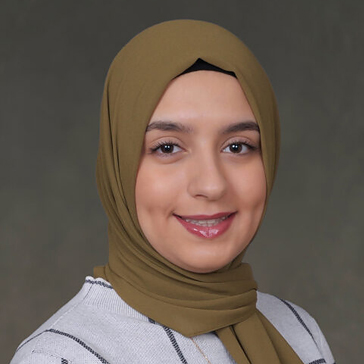Imagine you are applying to teacher preparation programs, eager to begin impacting students. You know your clinical experience will be critical to your preparation and are searching for teacher residencies – you like the idea of a residency program because you would have a year-long clinical experience that pairs you with a highly-effective mentor teacher for immersive training in a K-12 classroom. You find multiple high-quality teacher residency programs but they all present the same problem: you cannot afford to leave your full-time job to participate in an unpaid year of training to be a teacher. Instead, you pursue the financially feasible option and enroll in a lower quality yet more affordable teacher preparation program with a shorter clinical experience.
The research is clear: residencies not only provide schools with a pipeline of diverse, well-prepared candidates, but these programs also make a difference for students today – when residents co-teach for a full year with carefully selected and trained mentors, there are greater learning outcomes for students. Unfortunately, many teacher candidates face the affordability and accessibility challenges illustrated above. The full-time clinical experience and coursework required for a residency can hinder a candidate’s ability to pursue other employment. Many candidates cannot afford to spend a year co-teaching without any income, rendering residencies financially infeasible.
We believe overcoming these accessibility and affordability challenges is possible through innovative K-12 staffing models that allow for sustainable, paid residencies by rethinking school-level roles and reallocating funds within existing budgets. This approach is also often more affordable to teacher candidates, particularly candidates with greater financial need and candidates of color, and can be financially sustainable for both programs and districts.
Education First recently organized a Residency Sustainability Webinar Series to spotlight successful approaches teacher preparation programs and districts have used to develop and implement high-quality, sustainable and affordable teacher residencies. We identified promising innovative staffing strategies from both the series and the broader field in our latest paper, Innovative Staffing Models to Sustain Teacher Residencies. These innovative staffing strategies can improve accessibility to high quality teacher preparation. In doing so, more students will have access to highly effective teachers who are prepared to teach all students on their first day in the classroom.
Read more about these approaches here.
We encourage school systems, states and teacher preparation programs to consider using ESSER funds to support innovations in staffing models, among other pipeline building approaches. To learn more, see here.



